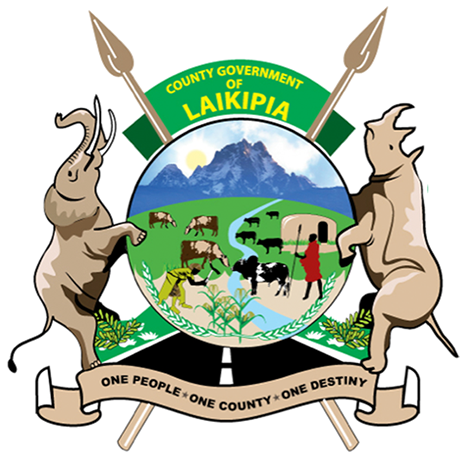Solio Water Project, A Success Water Project To Emulate
The Solio Water Project was successfully implemented through collaboration and financial contribution between our Government and the Water Sector Trust Fund.
The project has been implemented at a cost of Ksh. 144 million. It entails laying of gravity mains (31.05km), construction of two masonry water storage tanks (225m3 each), laying of 30km long water distribution lines, construction of two communal water points and construction of an office block.
Since its completion in September 2020, the government has connected a total of 1883 households to portable water. This project has been able to generate on average Ksh. 600,000 in revenue which in turn has enabled the project to expand its coverage, increase connections and manage its day-to-day operations.
Through this project, Laikipia has achieved numerous positive impacts, including a marked improvement in water service delivery and access to water.
Households now access water 24 hours a day. Laikipia has also increased milk production by 25% from 3,000 to 4,000 liters per day at the daily collection milk cooler.
There has also been an improvement in productivity, food nutrition, and livelihoods through drip kit irrigation where household average income has increased by 7,000 - 10,000 per month. This investment has also realized improved hygiene and sanitation levels both at the household and institutional levels.
The completion and success of this project have rendered Solio Water Project a reference point for other similar undertakings. For instance, the ongoing Makurian-Osirwa Water project and Kinamba Water Project are designed to utilize the water for production by the people in Solio villages.
The villages were known to be very dry and many thought nothing could ever grow there. However, upon the bringing of the mega water project by the County Government of Laikipia, the place is now transformed. Most of the residents are farmers, growing different kinds of crops through drip irrigation, while others keep dairy cows.
